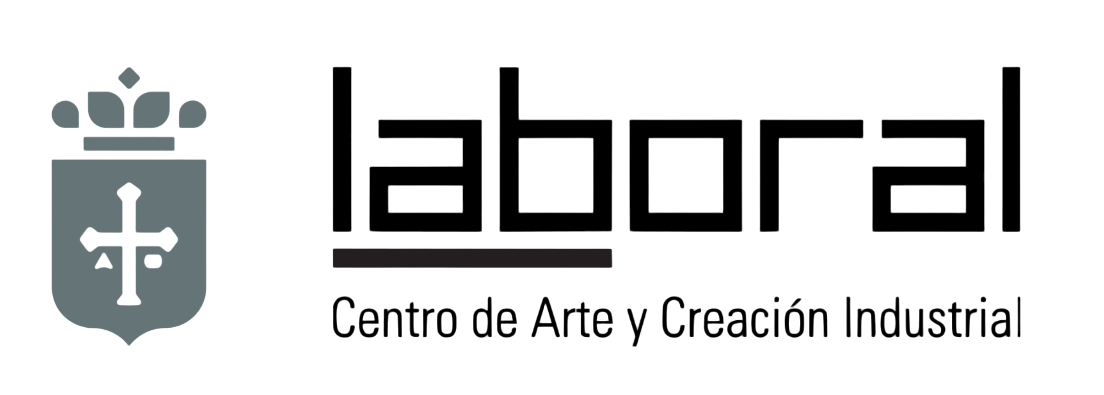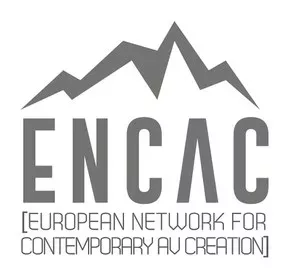One of the fundamental issues in the generation of content in experimental music lies in the application of criteria for the generation and selection of sounds that are part of each artistic work. A synthesizer, a computer and, in fact, any sound generation or processing device, offers a world full of new possibilities. There is so much diversity that the creation process often runs the risk of becoming labyrinthine, so that the results, paradoxically, sometimes appear too monotonous.
Overcoming this obstacle is achieved through many paths. One of them consists of the generation of sounds with complex and interesting behaviors based on the extraction of sufficiently rich structures, which are hidden in the complexity of the data that reaches our computers from everywhere. In addition to sounds and music, they are loaded with still and moving images. Also, of texts; but, in addition, they give us access to a very rich world of information from scientific databases open to any user at any NASA or CERN URL, such as the repertoire of terrestrial elevations, the magnetic field of the earth’s surface , the state of the sea, meteorology, the genome of more and more species or the electromagnetic field that surrounds the earth, seismic movements, volcanic activity, astronomical details. We can even intercept the Internet traffic that passes through our computers, or simulate the growth of populations, the foraging activities of insects, the dynamics of chemical reactions, evolutionary processes… Most of this information is structured, of way that has the ability to suggest sound behaviors that we could never have reached by any other means.
This is precisely what sonification is based on, a discipline not well known beyond the scope of the research communities dedicated to it, consisting of the interpretation and coding of all this information in terms of the behavior of sounds. The most obvious and well-known way of carrying out this transition from the world to the interior of the space of sound has very commonly been the generation of melodies, as occurred with the data from the experiences that demonstrated the existence of the Higgs boson or with the random minuetti composition systems that musicians such as Haydn and Mozart had already used in the 18th century. Fortunately, it is possible to influence and determine many more aspects of the sound signals, making the results of sonification particularly interesting for creators, since they take us far beyond the old paradigm of musical notes, to introduce us in new ways. full of sounds in the world of qualities. Of noise, if you prefer; an aspect inherent to nature, from which it is impossible for us to escape. It is present everywhere, even in traditional musical instruments. The information contained in this enormous mass of data can also be applied to the parameters that condition the perception of sounds, color, articulation, intensity, tessitura, as well as their position in space and their movement.
Taught by: Jose Manuel Berenguer
Program
Wednesday 3. Introduction
1 . Definitions and bibliographic sources
2 . Tools. Idioms. Synthesis algorithms for sonification
2.1 Programming languages for sonification: Max, PD, Supercollider, NetLogo, etc…
2.2 Tools: Computer Vision. CV and openCV.
2.3 Additive synthesis, Frequency modulation, FFT filters, Granular
3 . An elementary case: direct reading of non-sound files as sound.
4 . A case of sonification: interpretation of a still image in terms of pitch of sounds. ARGB → MIDI
5 . Still image sonification strategies. ARGB → FM synthesis parameters.
Thursday 4. Moving picture
1 . Moving image sonification. Granular synthesis
2 . Color detection. HSL → Synthesis parameters
3 . Blobs and centroids
4 . Motion detection.
5 . Infrared cameras. Leapmotion
Friday the 5th. Data and gestures. Spatialization
1 . Sound positioning systems. Ambisonics. VBAP
2 . Databases. Genome data, terrestrial elevation data, electromagnetic spectrum data, astronomical data… Synthesis by FFT Filtering.
3 . Real time data. Wiimote. Subtractive synthesis.
4 . Remote data.
Saturday 6. Complexity
1 . The Verhulst logistics app.
2 . Approach to fractals through iterative processes. Mandelbrot
3 . Single-dimensional cellular automata
4 . Stochastic one-dimensional cellular automata. Bittorio. Varela
5 . Two-dimensional cellular automation. The game of life. conway
Sunday 7. Way back. Image Transformation based on sound
1 . Sound analysis. Audio descriptors
2 . Bitmap image information processing
2.1 Color variation
2.2 Shape variation
3 . 3D image processing
3.1 Variation of position
3.2 Shape variation
No. of Participants: 15
Each participant will come with their computer and, if desired, with gesture or image capture accessories (cameras).
Each participant must install NetLogo and Max 7, PD or Supercollider sound synthesis software on their computer. If you are not used to programming with any of these environments, it is advisable to start by installing Max 7.






